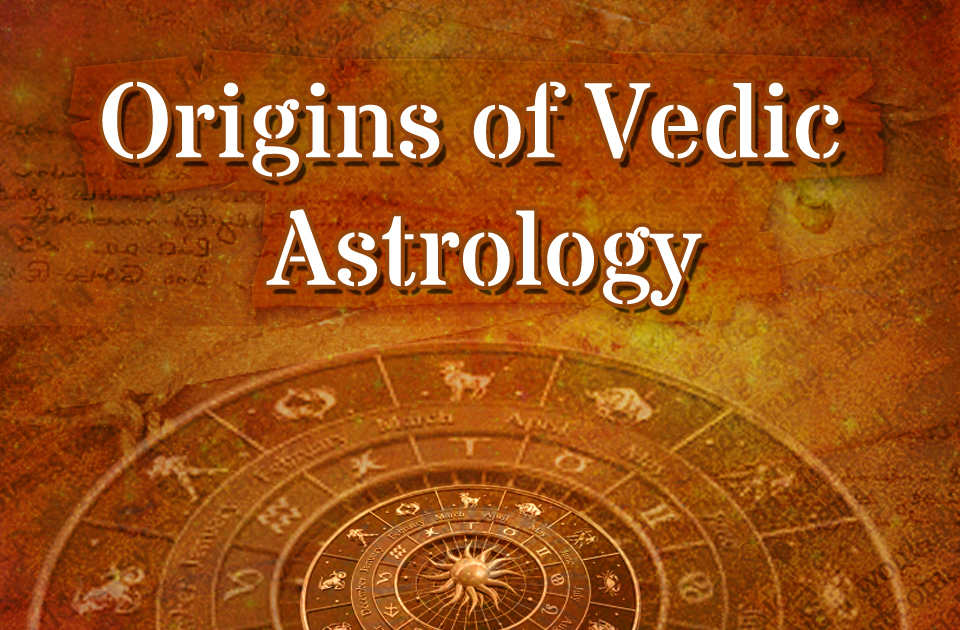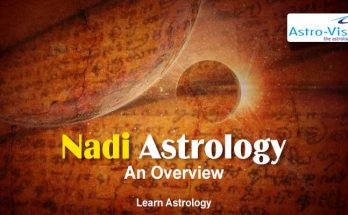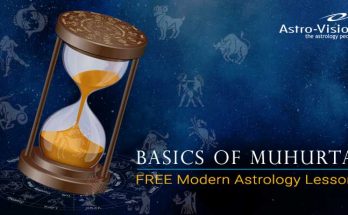The originator of Vedic astrology is Parasara Muni. Parasara was the father of Vyasadeva who compiled the Vedic literature. Parasara was one of the celestial sages because, in his treatise, he mentions – that he learned directly from Brahma and Narada, two celestial personalities who figure prominently in Vedic lore.
Although Parasara was more known as a follower of Shiva, he wrote the Vishnu Purana and left posterity the fundamental astrological compilation Brihat Parasara Hora Sastra; a Hora Sastra which is the Sanskrit term for a treatise on time or astrology.
Parasara Hora delineates the classic natal horoscope involving the twelve signs of the Zodiac, the twelve houses, the nine planets and twenty-seven Nakshatras. The four Vedas do not present natal astrology although some limited presentation does exist therein related to the timing of sacrificial ceremonies. But thanks to Parasara, we have a treatise on astrology for individuals, on the astrology of their daily lives.
Parasara’s treatise is the only surviving Vedic writing on astrology that presents the entire system of astrology. There are other writings that still survive which focus on a particular aspect of Vedic astrology, but Parasara’s is the only literature that presents a system as a whole. And his presentation of astrology is especially appropriate for Kali Yuga because he gives two techniques that are particularly efficacious in this Yuga. He mentions that the system of planetary periods known as Vimshottari is the best of all such systems and that, compared to it, other systems do not deliver what they claim to be able to deliver. In addition, he mentions that the Shadbala system for assessing planetary strengths in a chart is very useful in the Kali Yuga. These comments also suggest that his system of astrology is not only appropriate for Kali Yuga, but may be different, therefore, from the system in vogue during the Dvarpara Yuga, Which brings one to the Jaimini system.
One does not want to think that Jaimini was some kind of opponent of Parasara’s because Jaimini was his disciple. But Jaimini’s system truly was and is a bit different; which is a moot point anyway because his system doesn’t even exist anymore in its entirety. It originally existed in four volumes, of which only two remain, they being volumes three and four. And the basic explanation of his system must surely have been laid out in volume one. This is the problem; although much of his system has been pieced together from comments made in volumes three and four, much is still unknown because the explanation part is missing. An educated guess has been made in the Vedic astrology community in India that Jaimini’s system is a remnant leftover from the previous Dvarpara Yuga.
All of which brings us back to Parasara. Parasara’s system exists as a complete presentation and was mentioned by him specifically in relation to the Kali Yuga, so it becomes the only game in town.
Which is why Indian astrology has always been termed Parasari (possessive case) astrology. This term “Vedic astrology” is very recent and not traditional at all. Other terms for the astrology of India have been Hindu astrology, Jyotisha, Jataka (natal astrology), and Jyotir Vidya. But they all refer to the Parasari system.
Unfortunately though, there have been mixtures in northern India. For example, there is Tajaka astrology, but Tajaka is from the province of Tajikastan above Afghanistan, and the technique known as the solar return chart is also Tajaka. But if one wants to practice Vedic astrology in its purity – following along the lines of the Parampara system of disciplic succession – these mixtures should be avoided like the plague.
In addition to Brihat Parasara Hora Sastra (Parasara Hora for short), there are several classics of Vedic astrology from the post-Vedic period which expound upon Parasara’s treatise. This is very good because some of the older Parasara Hora has been lost due to the ravages of time. These classics are condensations of more ancient astrological works and are, therefore, very authentic.
Perhaps the most prominent among these is the Brihat Jataka of Varahamihira. He was a South Indian and a prominent minister in the court of the famous Emperor Vikramaditya right around the time of Christ. Since the Parasara Hora was so voluminous and huge, the Brihat Jataka became more prominent in the sense of being more common. Brihat Jataka presents a nucleus of the Parasari system. Varahamihira wrote the Brihat Samhita too, which presents information about the Nakshatras, also known as lunar mansions in western astrology or just plain stars in India. But this Brihat Samhita is more of an astronomical work than a work on natal predictive astrology.
Hand in hand with Varahamihira’s works are the writings of his son, Prityuyasas, who- continued his father’s delineation and exposition of the Parasari system, by writing the famous Hora Sara. They both lived in the 6th century A.D.
Thirdly, Kalyana Varma was active during the 10th century and hailed from Madhya Pradesh. He wrote the astrological treatise Saravali because he felt that Varahamihira and others had been brief in their exposition of Parasara’s work.
Jataka Parijata was written by Vaidyanatha Dikshita in the 1400’s. Vaidyanatha was a Sri Vaishnava who worshipped Ranganatha at Ranga Kshetra. Jataka Parijata stresses some unusual techniques which are not so much highlighted by others.
Mantreswara was a South Indian Brahmin born in the 13th century in Tamil Nadu or Kerala. His Phaladeepika is certainly a mature fruit of astrological wisdom which incorporates the essence of earlier works.
In fact, all of the above classics incorporate the essence of earlier works, especially Parasara’s works, in their proper weight and proportion, and provide the basis and framework for predictive astrology. There are other respected works, but in general, any astrological assertion or technique must be found within the parameters of these first tier classics or at least not be contrary to them. They are a benchmark by which other astrological literature can be judged.
It becomes implicit that much of the experimenting and mixtures that go on nowadays are contrary to the spirit, if not the letter, of the classics which have their origin, in the ultimate issue, with the celestial Parasara and his celestial teachers. The classics expound upon and summarize the essence of Parasara.
Courtesy: Modern Astrology(Dean Dominic De Lucia)








3 Comments on “Origins of Vedic Astrology”